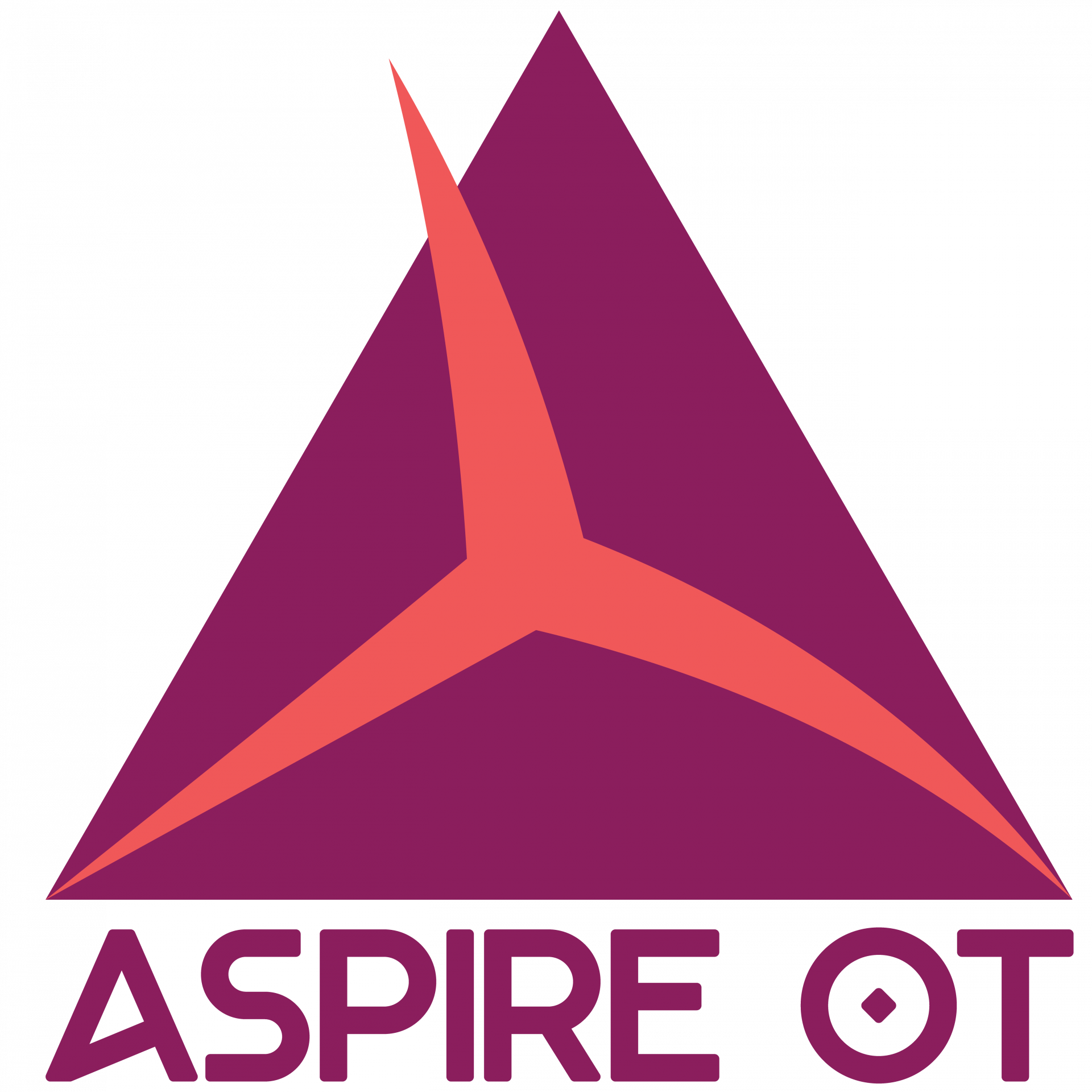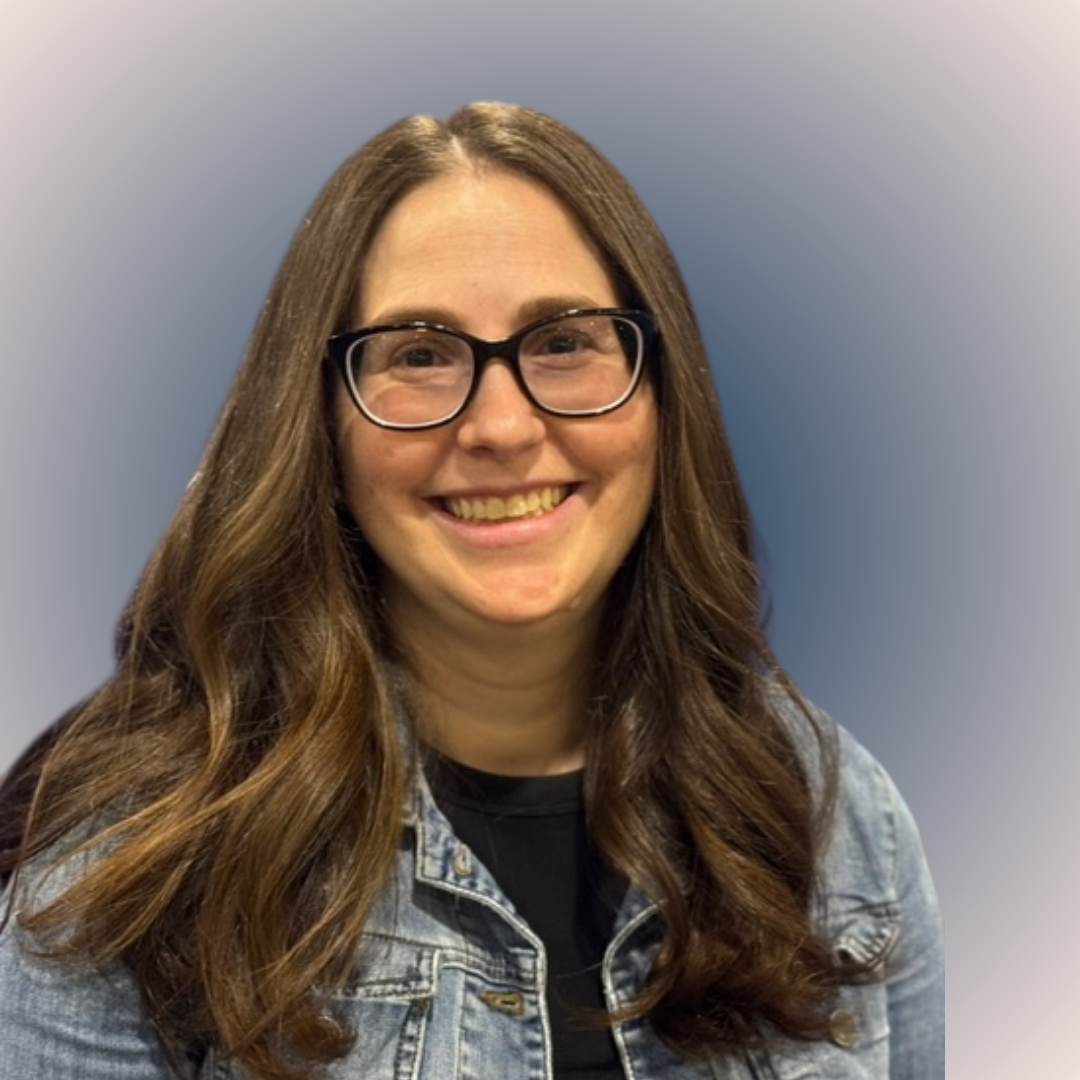Welcome to guest blogger and occupational therapist Dr. Moira P. Bushell, OTD, MEd, OTR/L, BCP, FAOTA
As a school-based occupational therapy (OT) practitioner, my career has always been rooted in the education system. Coming from a family of educators, I knew I wanted to work in schools — but I also wanted to serve students in a different way. Occupational therapy gave me that opportunity and over the years, I’ve worked across high school, middle school, elementary, self-contained, general education, and private therapeutic placements.
One of the biggest
shifts in my career has been watching schools move from RTI (Response to
Intervention) to MTSS (Multi-Tiered System of Supports). RTI focused mostly on
academics. MTSS still includes that, but it’s bigger — it’s about looking at
the whole child: academics, behavior, and social-emotional skills all
which impact participation.
Empty space, drag to resize
Once you have read this blog you will learn:- The three tiers of a Multi-Tiered System of Supports (MTSS) and how they differ from RTI.
- The unique role occupational therapy can play within the MTSS framework.
- Practical ways to build relationships, use data, and expand your role on the MTSS team.
The MTSS Triangle (and Why It Matters)
Think of MTSS as a
triangle:
Tier 1 – Universal supports for most
students. This is where UDL (Universal Design for Learning) shines —
creating environments and lessons that work for almost everyone.
Tier 2 – Targeted, small-group supports
for specific skills. Still in the general education classroom when
possible.
Tier 3 – Intensive, often individual support for students with significant needs. Higher frequency and intensity, that sometimes occurs outside the classroom — but not necessarily special education.
Empty space, drag to resize
Sometimes, OTPs have to invite themselves into MTSS conversations. Build relationships. Offer quick wins. Show how your perspective can help the whole team. The more you connect MTSS to what teachers need right now, the faster you’ll get buy-in.
In MTSS, we’re team members first — not providing individualized, “skilled OT” unless a full evaluation is done. That means using data from the team to guide interventions, and being clear with families about what MTSS support is (and isn’t).
MTSS works best when it’s truly a team effort — and OT’s whole-child perspective is a huge asset. Start with one need you can meet, build relationships, and you’ll find your role in the process grows naturally. MTSS teams need us and we need to be ready to serve.




